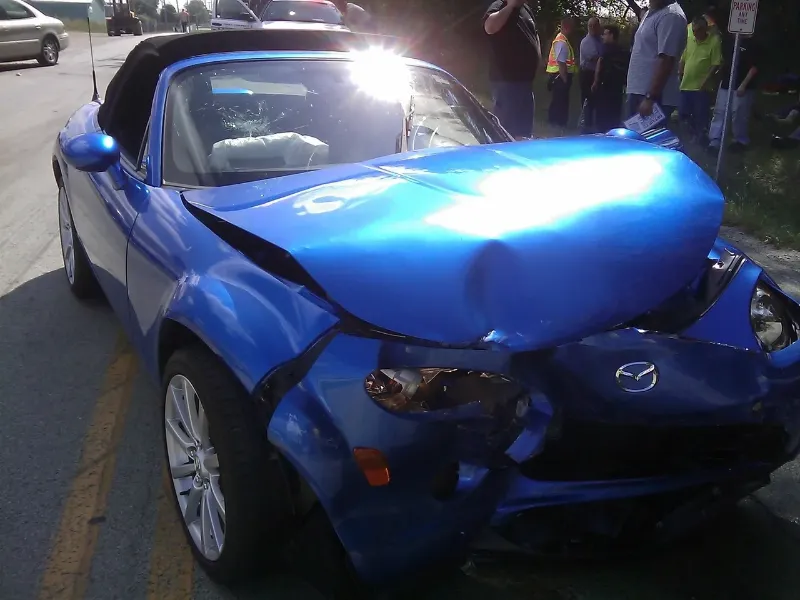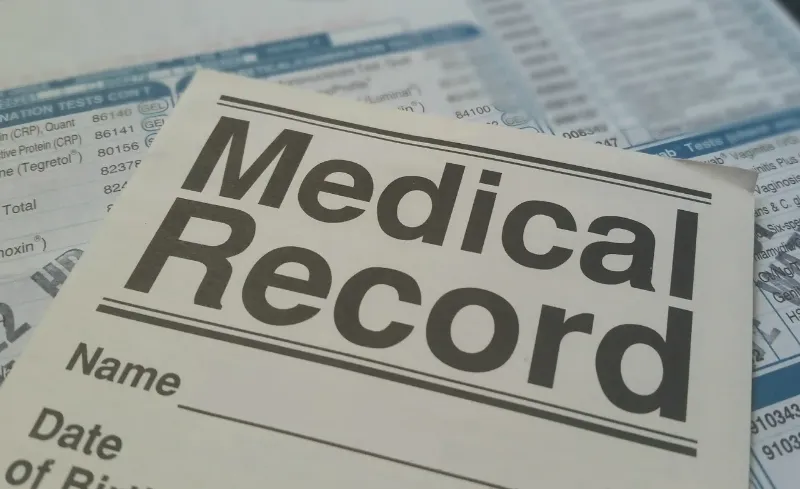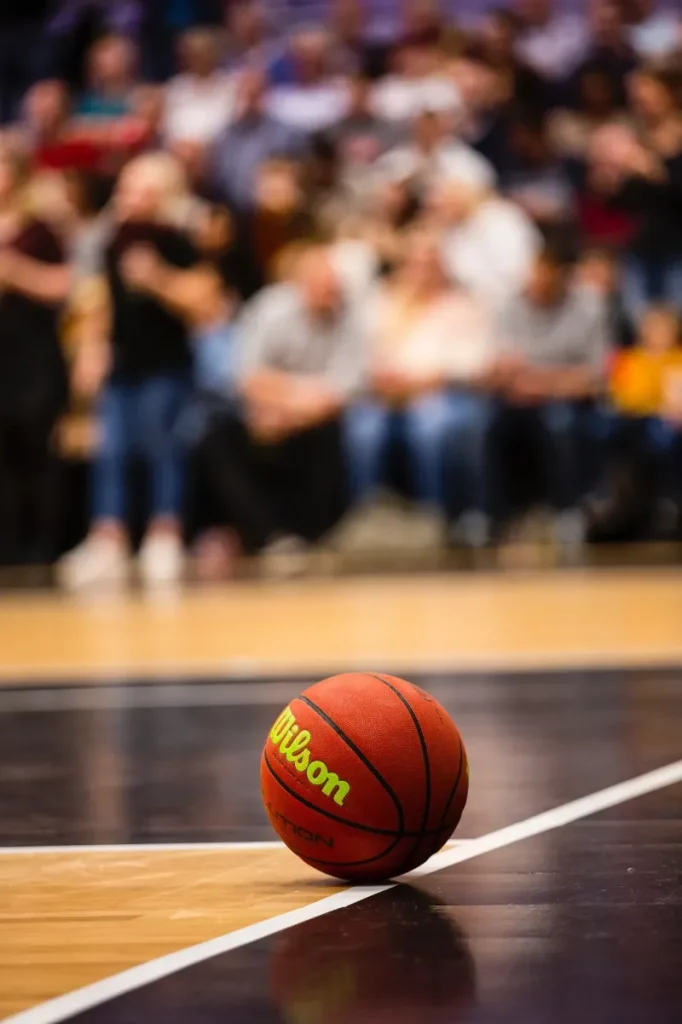Lucky number 7…you may not be feeling so lucky if you are in a situation where you need to know this lucky number 7 list! Thankfully, many people have never had to experience the process of a personal injury claim, and this article will prepare those people, if, in the future, they are injured by the negligence of another. I will say, from the beginning, not just because I am a personal injury attorney, but because I have dealt with adjusters, on my own, and I learned EXACTLY why, you should hire a personal injury attorney for a personal injury claim, sooner, rather than later.
1. Treatment

The first, arguably, most important, and probably longest phase of the personal injury claim is the treatment phase. When your personal injury claim is in the treatment phase, it is your job to treat it. You need to follow your doctor’s orders; follow the treatment plan. If at all possible, you want to avoid any gaps in treatment, unless these gaps are ordered by the doctor. Any gap of 2 weeks or more is typically a hindrance to both recovery and settlement of the personal injury claim. You need to communicate your aches and pains with your doctor and make sure your doctor is noting these complaints in your medical records. Do not be a John Wayne; if you are hurt, tell the doctor, so the doctor can put it in your medical records and when the adjuster or jury sees your medical records, they will see that you were in pain.
2. Property Damage (if applicable)

If your injury was sustained in a car accident and your vehicle was also damaged, then you will need to focus on your property damage claim, as well. You will, most likely, be handling your property damage claim and bodily injury claim together, but should, assuming no liability or coverage issues, be able to resolve your property damage claim MUCH sooner than your bodily injury claim. It is very important to keep CONSTANT contact with the adjuster, to make sure your property damage claim is given the necessary attention to get it resolved. If you leave a voicemail for your adjuster and they do not call you back, by the next day, call them again. If you get the voicemail again, leave another message, then get the number and email address for the adjuster’s supervisor and call them; also email both the adjuster and the supervisor; leaving a paper trail (via email) will help you get what you need. You must be persistent to get the property damage claim resolved. If you are in a rental, you will also want to make sure to stay in communication with the rental company, to make sure you were not supposed to return the rental earlier than expected, potentially leaving you on the hook for charges for the rental.
3. Gathering of Liability Evidence and Liability Determination

Adjusters are given a “reasonable” amount of time to investigate a claim and determine liability. Some adjusters are on the ball and get the documentation they need as quickly as possible, to make the liability determination, other adjusters, take the opposite stance and delay, delay, delay. Either way, it is to your advantage to gather any evidence that will help the adjuster determine that you were not at fault and that their insured was completely at fault. Evidence to help an adjuster make a liability determination includes the police report (if there is one), photographs, videos, witness statements, 911 calls…anything that can help the adjuster understand why it is not your fault and it is 100% their insured’s fault.
4. Gathering of Medical Records, Medical Bills, Lost Wage Documentation

Once you complete your treatment, you will need to gather your medical records, medical bills, pharmacy receipts, and lost wage documentation, including a signed wage verification from your employer and off-work orders from your doctor. Just a heads up, some medical providers, take up to six weeks, to provide copies of your records. Also, some medical providers use outside medical record copying companies, so be prepared for potential delays there, as well. At this phase, you will want to gather every piece of evidence that proves your damages. To help the adjuster understand how your life was affected, in ways that will not show up in your medical records, you can include photographs of the fun things you did BEFORE you were injured, that you can no longer do. If you have videos of you enjoying life, before the injury, those can go a long way to help an adjuster, or jury, understand how your life has been impacted by the personal injuries you sustained in your accident.
5. Demand

Once you have compiled every piece of evidence to help the adjuster know how you were damaged and how your life was affected by the injuries sustained in your accident, you will need to make a demand to the adjuster. Your demand will consist of copies of all of the evidence that you gathered, to prove your damages and how your life was affected, as well as a detailed letter, to the adjuster, explaining everything you went through, because of their insured’s negligence. As I stated in the first paragraph of this article, you should hire a personal injury attorney for a personal injury claim, sooner, rather than later, especially when it comes time to make your demand, because they will have the knowledge, experience, and skills to present the demand and evidence in a way that is the most favorable to you.
6. Negotiations (know when the ball is in your court!)

Once you send the demand to the adjuster, you should expect a response within 30 days; that is not a required response time, but it is a reasonable response time.
There are different responses you can anticipate:
- the adjuster could request additional information
- the adjuster could make a partial offer, with the information provided, but request additional information, before making a complete, initial offer
- the adjuster could just make an offer. Adjusters also have different negotiations styles and procedures. Very rarely, but it has happened, the adjuster will offer all they have in their first offer. Some adjusters have to go through 7 rounds of negotiation before they get to their top. It is your goal to get as much money as possible, while it is the adjuster’s goal to pay as little money as possible; that is why negotiations are not always fun.
7. Settlement or Litigation

If the adjuster gives his top, top, top offer, and you have confirmed that is the VERY top, at least 3 times, you will need to decide if you want to settle, because you and the adjuster came to an unhappy medium or that you want to litigate or file a lawsuit, because you feel like a jury would give you more than what the adjuster said was their top. Not to beat a dead horse, but I will take this last opportunity to say that you should hire a personal injury attorney for a personal injury claim, sooner, rather than later.
If you read through the 7 phases above, it sounds kind of like a simple process, but on average, it is anything but simple. With an injured party and adjuster, you have two different people, working toward two different goals, trying to make things right (for each side), in the same process. This is called a contentious process. I hope the information was helpful and shed some light on what to expect in the 7 phases of a personal injury claim.
Stay Safe!

